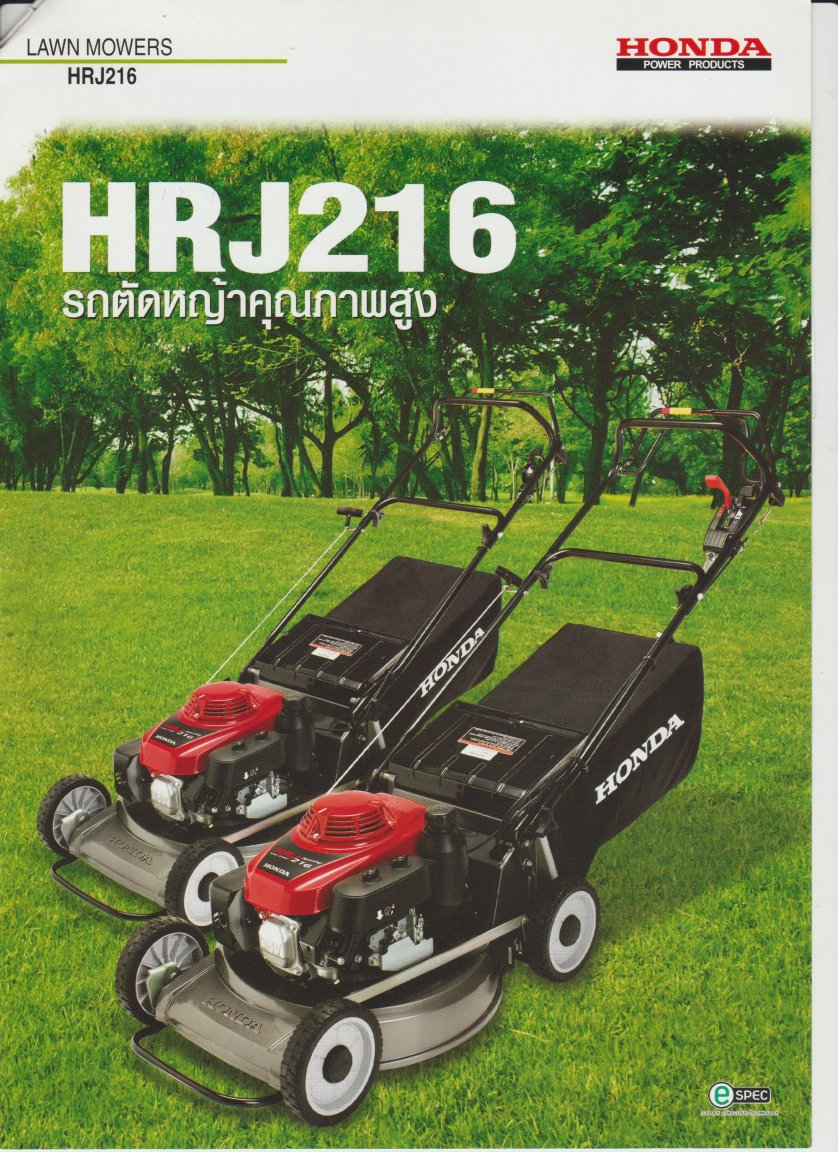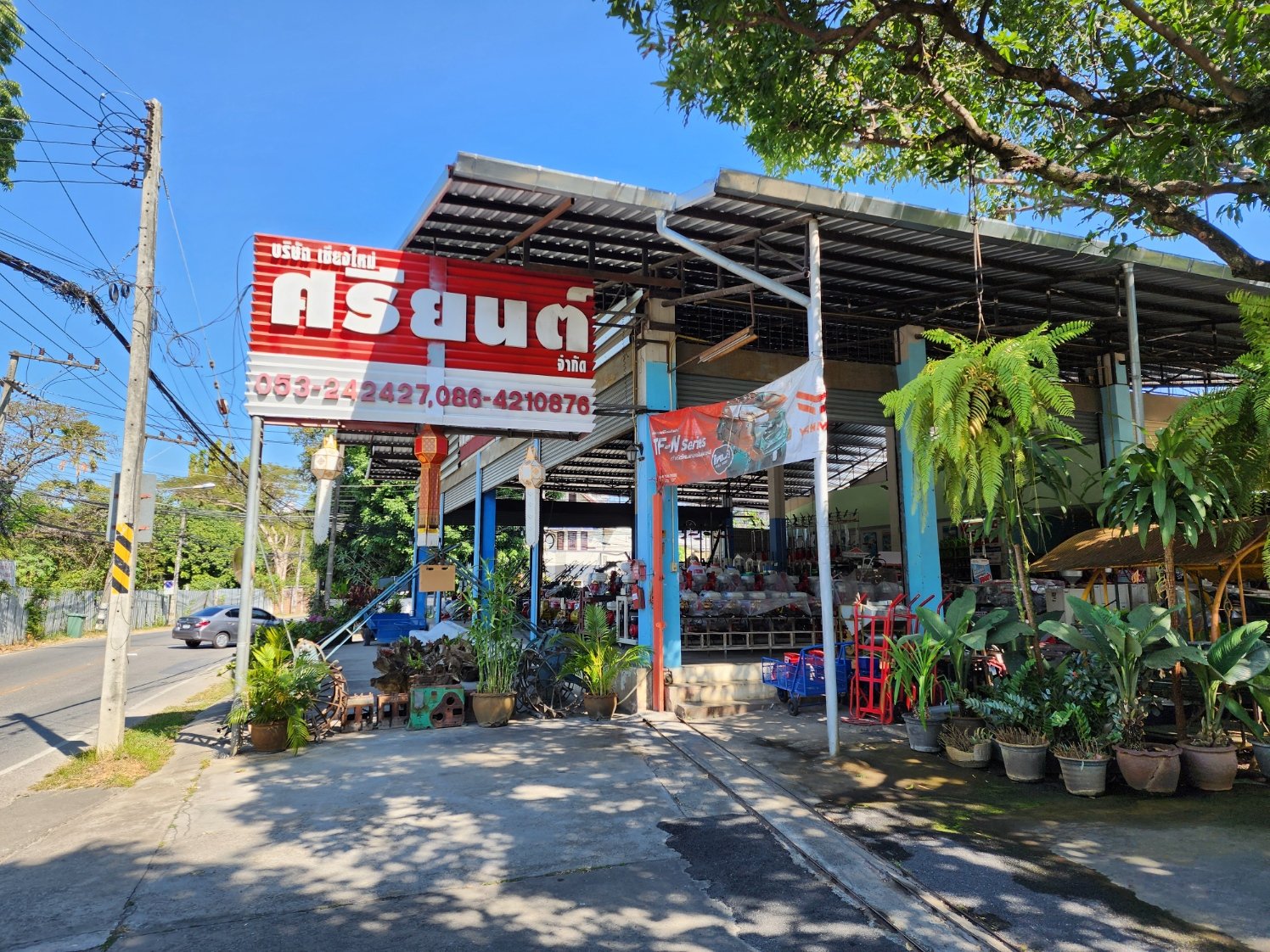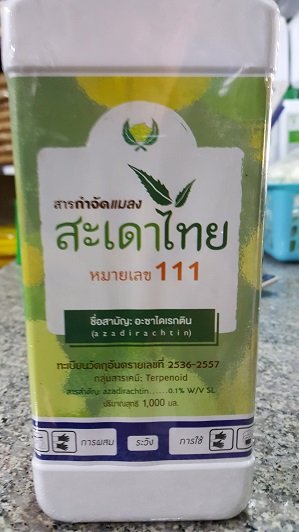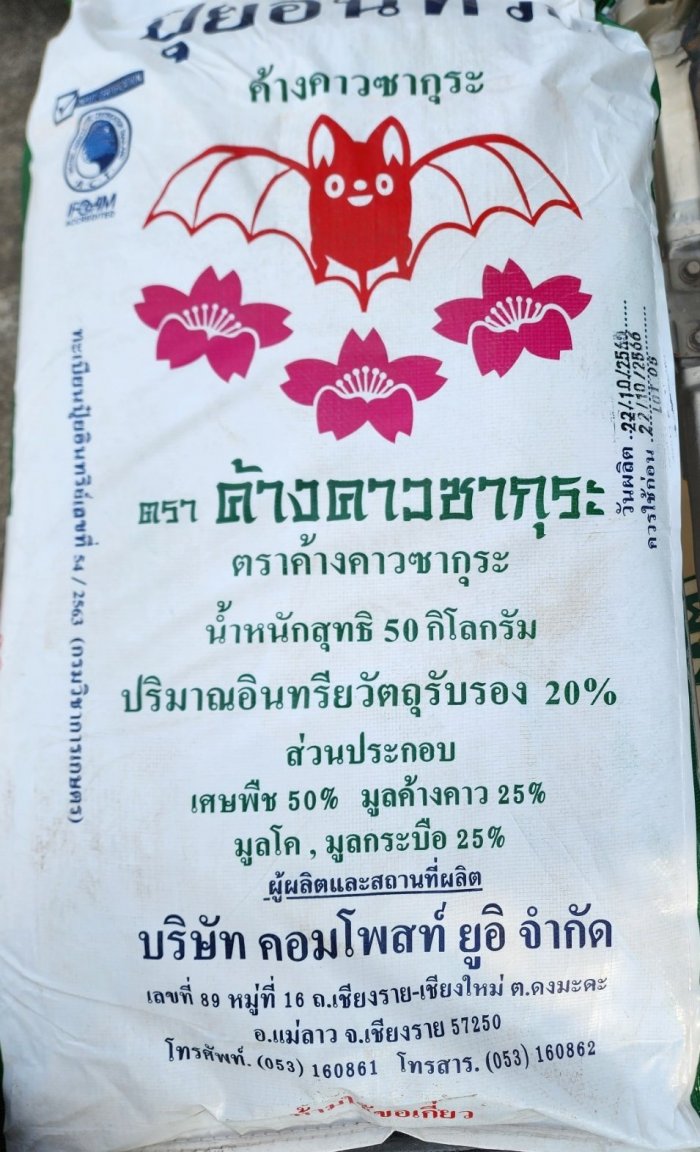
drtreelove
Advanced Member-
Posts
1,933 -
Joined
-
Last visited
Content Type
Events
Forums
Downloads
Quizzes
Gallery
Blogs
Everything posted by drtreelove
-
There are multiple factors to be considered. Citrus trees normally thrive in full sun in hot desert climates, but the concrete environment presents a level of heat reflexion intensity that may need buffering with afternoon shade, water misting, and/or a stepped up watering requirement. Your new plantings will be more sensitive and vulnerable to foliar sunscald. And it is important to promote a full foliar canopy to provide shading of the tree trunk, which will also be vulnerable to sunburn. A good potting soil blend with adequate organic matter content and humic substances, plus mulching of the soil surface, will make a difference in soil moisture retention and the requirement for frequency in watering. The soil blend will make a big difference in drainage vs soil moisture rentention and the watering requirement. Getting all this right takes some experience and conscious discovery process, with daily monitoring. A soil moisture meter is a very useful tool. (see Lazada for soil moisture meters like: Smart Sensor 4-In-1 Soil Tester, Moisture Meter) Over watering can cause root and crown rot, a common problem and the probable cause for many cases of mortality for container grown citrus, as well as in-the-ground plantings. Plant high, with the root crown at or slightly above the soil grade, and keep the mulch clear from piling up on the root collar at the base of the tree trunk.
-
I believe live plant material will be prohibited, confiscated at SFO or LAX, and you may be fined. Galangal is availble in SF Chinatown and some Asian supermarkets like "99 Ranch" in Calif, I don't know about Utah.
-
Takumi Organic Fertilizer - Maruchu Bussan Organic This company has a sack potting soil mix along with their other excellent products. Incl a cannabis starter kit with container, potting soil, organic fertilzer and all. But I was there last week and they are in the process of moving from the Sansai location, to MaeRim we were told.
-
Good tips! I also use coconut and rice hulls, as mulch only. Don't incorporate course raw organic matter like this into the soil you will be planting in any time soon. What kind of volume are you looking for? A few sacks, or truck loads? There is sack soil available at Kamtieng Plant Market and at most garden centers, but its almost impossible to know the true contents of what you are buying. The sellers often don't really know. It's best to blend your own. There is bulk soil available at the many building materials yards around the greater CM area. You can order 6 or 10 wheeler loads, or they will sack it up for you and load your pickup or the trunk of your car with small orders. I'm always on the look out, and each materials-yard changes frequently with soil texture (sand/silt/clay particle size) and organic matter content, depending on their current sourcing. The best dark brown sandy loam I've seen recently was a big pile at a yard on the 1014 between Borsang and Doi Saket. There is usually some decent sandy loam at a yard on the 1001 between RaumChok and MaeJo. If you see an old white guy stopped and digging into a pile, handling, smelling and tasting the soil, thats probably me. Then I buy finished compost from MJU Farm Cannabis operation, or Vermicompost from Best Garden State and mix that with the loamy soil. I add some sack bat guano/cow manure fertilizer from an ag shop in MaeJo, and OrganicTotto bokashi COF (complete organic fertilizer). For a super rich mix, I add some granular humate ore from Best Garden State, or Agrolig humates online (incorporating humic substances is one of the best things you can do for any plantings). Paramagnetic rock dust, kelp meal and/or Azomite volcanic dust for trace minerals would be a bonus for your mix and high nutrient density plants and food production. I also forage undisturbed forest floor soil with leaf litter and root particles, to inoculate with fungal-dominant beneficial soil biology. With this and good growing conditions, water management and appropriate sun exposure, along with mid season Takumi hydrolyzed fish fertilizer applications, your landscape plants, fruit trees, veggies, or cannabis can reach the full genetic potential, appearance and quality. Don
-
Vermiculture
drtreelove replied to TPI's topic in Organic Farming, Smallholding and Kitchen Gardening
Organic gardeners take note: I just found this excellent article. https://www.planetnatural.com/worm-castings-benefits/ Farm the composting worms yourself, or buy vermicompost and liquid extract from Best Garden State/Biosurge Thailand, or in Chiang Mai from the MaeJo University Farm worm and cannabis operation, or other suppliers. Encourage local earthworms with 'build the soil and they will come' approach, and not poisoning the soil with harsh chemistries, high NPK fertilizers and pesticides. -
In 2-5 years there will be a glut if Durian in Isaan
drtreelove replied to Elkski's topic in Farming in Thailand Forum
Good, get the price down. My wife's gotta have it and we're paying way too much. -
Rotator cuff physical therapist recommendation?
drtreelove replied to ricklev's topic in Health and Medicine
Don't be afraid of the minimally invasive arthroscopic surgery if that is what is recommended by your orthopedist. I put it off, wanting to be mr natural, but when I finally accepted the need, the surgery was not a big deal and got me back to fully functional, better than all the PT. -
For Dean1953: Regarding your PM question about a Honda lawn mower in Chiang Mai, I'm posting here in case others are interested. I stopped at the CM Sriyont equipment shop today to check on Honda mowers for you: They have several models on the floor, but the two best 21" rotary models with grass catchers, in my opinion: 1. Rowell 4-wheel push frame and Honda motor. 15,800 2. Honda frame and motor, top of the line, power driven rear wheels: 29,800 (comparible to your Buriram quote and avoids the shipping cost) Other models, including ride-ons can be ordered. I highly recommend this shop for purchases and their excellent service/repair dept. Pumps, sprayers, bladed brush cutters, garden grinders and other equipment. The owner/manager is Khun Nueng, fluent English and knowledgeable on equipment. One sales lady also speaks ok English and both are very helpful. Chiangmai Sriyont Part.,Ltd. Dealer HDE ; 288/1 Charoenraat Rd., Tambon Watket, Amphoe Muang, Chiang Mai · 50000 · 053-424427 ·
-
Big leafy indoor plants, and hangers.
drtreelove replied to JeffersLos's topic in Plants, Pets & Vets in Thailand
search "large leaf house plants" https://www.google.com/search?rlz=1C1CHBF_enUS914US914&sxsrf=ALiCzsZdoCKWpYp9pom0LjsLh743nD8kdw:1672467157709&source=univ&tbm=isch&q=large+leaf+house+plants&fir=NOE51FmR7KC5BM%2CWazRo4vBEtUQGM%2C_%3BytNrmzqkGTSD2M%2CrGVLuHzO4PJ64M%2C_%3B0AYWoBdHLV39vM%2Cm3nUnwPxaeYk8M%2C_%3Bq6MeG8M6NS9CrM%2CWazRo4vBEtUQGM%2C_%3B2jNSHNo9gsTR1M%2CJ0wABxotZn1aGM%2C_%3B02aIeOXW6hJV2M%2CJ8Xt4Z2Nn9DJeM%2C_%3BQiELc6mOu1BajM%2CV3au4dXN7b3A5M%2C_%3B4_5OoEWINrHfZM%2CG5fSZHiCmQMpcM%2C_%3BKIrhz1dcImi9cM%2CdyM2WnqbnPamFM%2C_%3Bh3nkAWVYxd_C_M%2CoLs6ZfOZGhRyUM%2C_%3BXFSxeG3c_aN8UM%2CV3au4dXN7b3A5M%2C_%3B7SkPez9-PHrgVM%2CJ0wABxotZn1aGM%2C_%3Bdavpbtjp7HapWM%2Cpy_LrQK0RaoqnM%2C_&usg=AI4_-kQV0pe6cMv9jBvKEc0OiCYed78D2A&sa=X&ved=2ahUKEwjJsNXWmaP8AhUq0nMBHYv2C4YQjJkEegQICRAC&biw=1600&bih=781&dpr=1 Be advised on environmental impacts: https://edition.cnn.com/style/article/houseplant-sustainability-environment/index.html -
Not using rice land for 15 years - let it go fallow or lease?
drtreelove replied to H508's topic in Farming in Thailand Forum
Another thing you can do is to allow grazing of the land, which can help improve fertility and keeps the weeds down. We have a nearby absentee owner who lends his land out to a small buffalo herd. -
What's eating my tomatoes?
drtreelove replied to djayz's topic in Organic Farming, Smallholding and Kitchen Gardening
Another aspect of this, for those who are interested, is that truth in advertising and full disclosure of ingredients is not a strong point in Thai labeling and marketing of products. While searching for the Bio Live label and ingredients, I came across products labeled as 'neem oil' that had fine print with a.i.'s of abamectin, cypermethrin and other synthetic chemical ingredients. So of course the terms 'organic' and 'neem oil' commands a knee jerk attraction for the well intended organic grower (and a higher price), and the impressive immediate knock down of an advanced pest infestation will get repeat buyers and believers. But if you are commited to an organic program, let the buyer beware, and read the fine print, if they even bother to disclose the real chemistry in the product. -
Not using rice land for 15 years - let it go fallow or lease?
drtreelove replied to H508's topic in Farming in Thailand Forum
i would launch a soil restoration effort. Improve fertility for the time when you will need it. Renting it out for further exploitive chemical farming and soil degradation will get you just that, degraded soil and increasingly poor plant productivity, chemical dependence, and susceptibility to drought, pests and diseases when you move in. Cover crop it repeatedly during rainy seasons. Photosynthate root exudates, including glomalin production from mixed species covers, minimal tillage and crop residue recyling, will build aggregate soil structure that sequesters carbon and provides fertility, productivity, nutrient cycling, plant pest and disease resistance, drought resistance, and other benefits for your future home gardening and farming. See discussion in this forum for information resources on the science and practices of "regenerative farming" . Kiss The Ground, Soil Food Web School, Advancing Eco Agriculture and others, books, websites and YouTube. -
No, Nakornping Hosp. only. Pfizer Fri and Sat 8am. Free to all. Efficient. Car parking is a challenge. motorbike is easier.
-
Few and far between, but they do exist. Contact attorney Aphiwat Bualoi, he has an appraiser associate, a former land dept official who provides this service. (valuation only, no inspection/evaluation of building and property defects and repairs, thats harder to find, let the buyer beware, or do your own, or hire separate specialists, termites, electrical, roofing, etc) Aphiwat Bualoi Law Office | Tel. 02-114-8004 – Notary Services |Chiang Mai Lawyer |English Speaking Lawyer (aphiwatlaw.com) Tell him Don the tree doctor sent you.
-
What's eating my tomatoes?
drtreelove replied to djayz's topic in Organic Farming, Smallholding and Kitchen Gardening
Attached label is for a true Azadirachtin concentrate from Thai Neem Co. But its like 1000 baht for one liter. And note the 0.1% a.i. (yes that's zero point one percent) Whereas Neemix that I use in the US is 4.5% aza Neemix 4.5 - Insect Growth Regulators - Certis Biologicals and AzaSol is 6% AzaSol – Water Soluble Bio-Insecticide from Neem Organic-program-compatible bio-pesticides, biological controls and botanicals, to be effective, must be used in the context of an IPM comprehensive preventive management program, including soil fertility and water management, monitoring and early intervention. And organic growers need to recognize that botanicals don't have residual effectiveness like many of the synthetic chemicals do, repeat applications are required. Better yet is to get on board with Soil Food Web awareness, soil fertility / biology enhancement, which is where natural resistance to pests and diseases can be achieved. -
What's eating my tomatoes?
drtreelove replied to djayz's topic in Organic Farming, Smallholding and Kitchen Gardening
I believe that the product pictured is not neem oil or a neem seed extract product at all, but rather a surfactant (spreader-sticker) to be used as an adjuvant with their other neem products. ("leaf catcher" may be a poor translation for a "sticker" surfactant that is standard practice for use with some pesticide products.) Some of the reviews posted confirm that this is not a bio-pesticide itself. I'm not sure why a 'sticker' would be needed with a true neem oil product, because usually an oil like this has sticker properties itself. Unless what I suspect is that their "neem oil" is not really an oil, but an EC (emulsifiable concentrate) or a water soluble Aza concentrate like the product called 'Soluneem' in India, 'Azasol' in the US ( popular with canna growers for budworm and mite control, no residual oil residue on consumable flowers). Its really difficult to sort through product descriptions and labels and active ingredients for products in Thailand. "Neem oil", like the term 'organic' means different things to different people and is widely misunderstood and misused. There is a wide variety of active ingredients and the percentages of those a.i.'s contained in the formulations available. In general, what I've seen in Thailand is primarily Azadirachtin concentrates with very low % a.i. compared with aza concentrates in the US. Note the repeat application interval of 5 days. A higher % a.i. would be more like 10 to 14 days residual effectiveness. I found this description of the product on Lazada: Product details of Neem Power Bio-Life (Leaf Catcher) Size 1,000 cc. td {border: 1.0px solid #cccccc;}br {mso-data-placement: same-cell;}td {border: 1.0px solid #cccccc;}br {mso-data-placement: same-cell;}" bi Olife, a leaf binder, enhances the performance of neem oil." Bio-Life (leaf binder) is a solution to enhance the performance of neem oil. how to use Use Bio-Life as a solution, mix with Bionem (neem oil) at the rate of 10 cc. of Bionem (neem oil) mixed with 20 cc. of Bio-Life (leaf binder) stir well and mix with 20 liters of water. be sprayed over the plant leaves in the beginning of the leaves In the initial stage, spray 5 days apart per time, 2-3 times in a row. -
What bugs are these on my plants?
drtreelove replied to BritManToo's topic in Thailand Cannabis Forum
Treehoppers like some other sucking insect pests can vector bacterial and viral disease. Best to practice preventive management. -
Best Garden State. Their FB or LINE products list may not have it, but they have a good quality bat guano product last I checked. The attached photo is not the BGS product, but a large sack bat and cow manure product that I buy at an ag shop in MaeJo, Chiang Mai. It's labeled as 25% bat, 25% dairy cow, and 50% plant-based organic matter. I use it as a general purpose organic fertilizer (trees, shrubs, lawn) along with OrganicTotto bokashi fertilizer, and vermi-compost, and I inoculate with soil micro-organisms. Bat Guano is a rich source of fast-acting organic Nitrogen, usually about 8 - 10% N. (Don't overdo it,) Feather meal is good for slow-release organic N.
-
Pomelo or mango orchard
drtreelove replied to joostvi's topic in Organic Farming, Smallholding and Kitchen Gardening
Contact Best Garden State in Nakhon Pathom. They are a major supplier of organic fertilizer materials to organic farms and orchards. They may have some orchard customers who would cooperate with your study. You may want to consider that your sugar-water baiting will disrupt much more of the ecosystem than just the factor of weaver ants farming sucking insect pests for honeydew. There may be unintentional side effects that won't fit into your limited scope of study. Additonal sugar food source may increase the populations of the ants, and also distract the ants from their primary food souce and biological control function. "Weaver ants feed on insects and other invertebrates, their prey being mainly beetles, flies and hymenopterans." The beetle-borers and fruit flies that also affect tree health and fruit production may get a free pass if the red ants are over-fed and drunk on molasses toddy. I am often tempted to bait the evil little kamakaze dive-bombing biters with boric acid, but I know they play an important part in biological control and the bigger picture. -
What to use to protect Tomatoes and other veggies
drtreelove replied to MJCM's topic in Plants, Pets & Vets in Thailand
There are pests that will breach greeenhouse protection (greenhouse-thrips, spider-mites and others); biopesticide spray programs are tedious with a need for precise timing, frequent applications, and require a level of knowledge that renders them often misunderstood, misused and therefore ineffective. Companion planting may help to some extent in some cases, but the only real plant pest and disease protection comes with cultivating natural resistance and immunity by building soil fertility, beneficial soil biology and soil structure. Chemical fertilizers and pesticides will work against this process of building natural resistance. Resources for education along these lines: Kiss The Ground, Dr Elaine Ingham's Soil Food Web School, Brian Kempf's Advancing Eco Agriculture, Matt Powers The Permaculture Student, and others under the categories of Soil-Food-Web and Regenerative Agriculture. -
Vision Center – Fyndeal
-
What's eating my tomatoes?
drtreelove replied to djayz's topic in Organic Farming, Smallholding and Kitchen Gardening
I'm curious. What product are you calling 'neem oil'. Please post or PM a photo of the container label. There are various product formulations that are derived from 'neem seed oil extract', and some from other parts of the neem tree. There are two common products in the US, where much of my experience is based. The most common is 70% neem oil (Clarified Hydrophobic Extract of Neem Oil), which has insecticide, miticide and fungicide properties, and is extremely popular and widely sold in garden centers. And then the aza products that are more potent as insect and mite repellents, but not fungicidal. Aza products are much more expensive. Neem oil is more affordable and very useful for preventive managment or for early intervention, with an astute monitoring program that does not allow advanced infestations to occur. There is a lot of misunderstanding and wrong expectations around the use of neem products, as well as other organic program compatible pest and disease management substances. I hear a lot of people say they don't work, but its usually because they really don't understand and know how to use them. They think its a direct substitute for chemical insecticides. But in fact with "organic" biopesticides, there needs to be a completely different approach and expectations than with chemical pesticides. "Prevention" and "suppression" are the key terms, and biopesticides are only adjuvants within a comprehensive preventive management program, involving growing conditions, compatible plantings, soil and water management. Pest "eradication" is in the realm of the "exterminators", and that takes some seriously harsh chemistry, with consequences. It's kind of like - are you going to be careless and get Covid, and then try to cure it, or are you going to learn and be smart with a preventive approach and not get it at all in the first place. IPM ('integrated pest management', or I like the term 'intelligent plant management') takes more study and understanding of nature and all the factors of why pests are attracted to certain plants at certain times and how to discourage and minimize damaging infestations. Eradication is the less intelligent and less environmentally responsible, reactive approach of waiting for an active infestation and then trying to identify the pest and how to kill it. That advanced infestation stage is when neem doesn't work very well and you have to go for the big guns. Neem Based Insecticides.pdf -
What's eating my tomatoes?
drtreelove replied to djayz's topic in Organic Farming, Smallholding and Kitchen Gardening
Looks right. Larva of a moth. Arthropod insects from the order Lepidoptera have 4 stages of complete metamorphosis (that Iearned sometime ago in ancient history and a college entomology class) Which comes first? adult, eggs, larvae (feeding stage), then pupa (cocoon stage). Chasing an active advanced infestation with neem substances will likely be futile, as you may have discovered. Neem products, like azadirachtin concentrate is best as a preventive. Neem chemistry for pest management is best a repellent, reproductive disruptor, and anti-feedant. So if you learn to montitor more astutely, and see moths flying around your plants, you can spray aza and they won't be as likely to lay eggs on your plants (eggs that hatch into hungry little worms that feed, grow and defoliate), If your monitoring is a little later in the game, you look for egg cases on the underside of leaves. First and second instar caterpillars are tiny and really hard to see unless you know what you're looking for, but if you find them, that is an excellent stage to use the wood vinegar that Cooked suggested, or if you hate the smell of vinegar like I do, or are not sure of the dosage (vinegar is phytotoxic at higher concentrations), then you can consider insecticidal soap, or B.t. =Bacillus thuringiencis., a biological control. Later instars are bigger, thougher, and harder to deal with, but your mechanical control (picking them off) is an excellent method for a few small plants like tomatoes. Trees are a different story. The next level, and the very best pest management approach is total IPM prevention methods, including good soil and water managment. Get on board with SFW (soil-food-web) science and practices, enhance the soil and foliar microbiome that provides natural resistance to pests and diseases. Then you don't need biopesticides at all. Healthy Plants Are Resistant to Insects and Disease https://www.youtube.com/watch?v=WNm08atn6tY Why insects do not (and cannot) attack healthy plants | Dr. Thomas Dykstra | Regenerative Ag https://www.youtube.com/watch?v=bnNOvA3diDU How Insect Pests Identify Unhealthy Plants with Dr. Tom Dykstra https://www.youtube.com/watch?v=-pbFc7JR4qI








